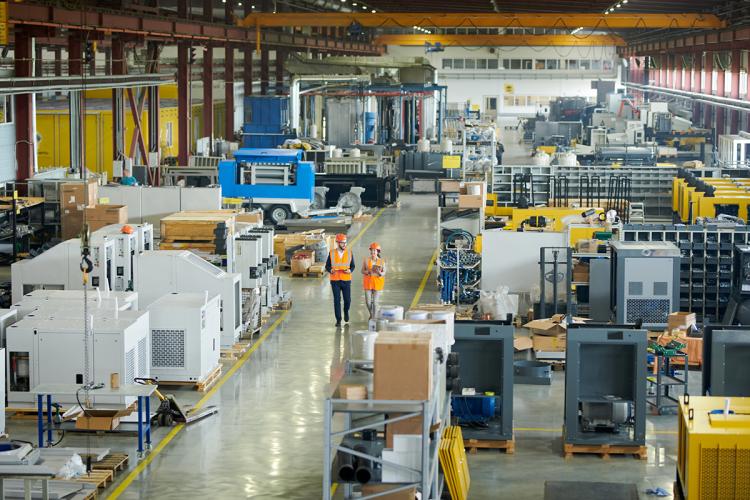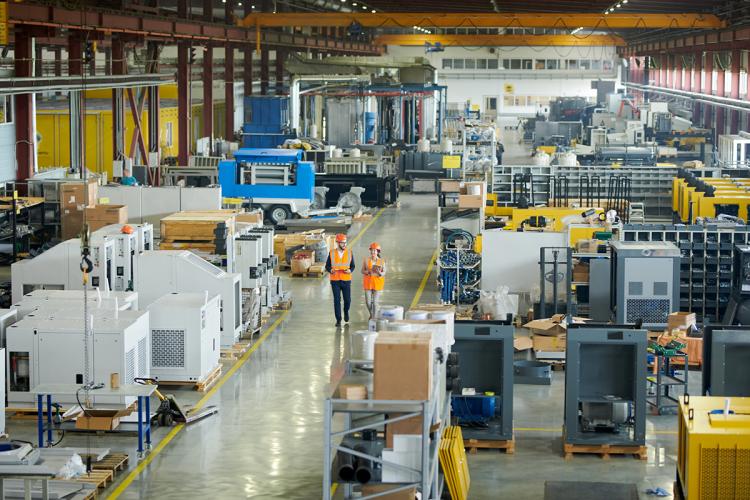The Promise of the Industrial Internet
The Promise of the Industrial Internet
One of the greatest impacts of the implementation of the Industrial Internet is its propensity to redefine our understanding of “productivity.” Digital analytics that are acted upon to promote productivity— especially when improvements and fixes can be automated—will challenge our understanding of what can be done in a day.
With the number of connected machines slated to grow from 10 billion today to 50 billion within five years, the Industrial Internet has huge potential to optimize processes, improve human productivity and create major efficiencies.
In the Industrial Internet era, it is a safe assumption that if it can be connected, it ought to be—the opportunities to reduce costs, downtime and communication issues are already proving to be enormous. According to research we conducted with Accenture, it is anticipated that the Industrial Internet will add $15 trillion to global GDP in the next 20 years. Conservative estimates place Industrial Internet spending at $500 billion by 2020. Even so, IBM estimates that 90 percent of the data created by connected devices today is never acted upon, so there is clearly extensive opportunity for improvement and competitive advantage in the years to come.
A marriage of the digital and physical worlds provides substantial value for an industrial company. This value is derived not only through efficiencies and related savings, but in improved responsiveness, shorter product development cycles and greater engineering productivity. While efficiency is a huge driver, we are beyond doing more with less—we are looking now to connect, organize and optimize assets repeatedly. This is the guiding principle of the Industrial Internet.
The benefits of industrial interconnectedness can best be summarized in three words:
- Communication: As machines are empowered to “speak” to one another, new efficiencies can be discovered
- Collaboration: As people connect with one another alongside machines, there is greater propensity for problem solving and innovation through collaboration
- Compatibility: Strong software platforms can enable once disparate systems to interact with one another, streamlining processes
While there are many benefits to be derived from asset optimization and better communications, there is also value in simply centralizing and analyzing data more effectively, and that requires powerful software. When you’re dealing with a massive scale of data that must be effectively gathered, channeled and analyzed at the industrial level, you have to be prepared to make large investments in software and talent to make communication, collaboration and compatibility a reality.
Learn how Current is helping businesses in retail, commercial office and industrial manufacturing embrace the industrial internet.







